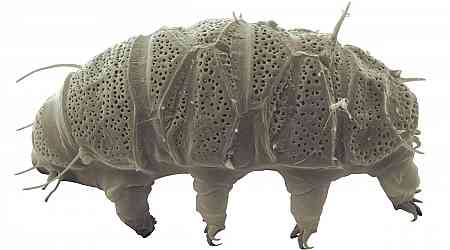Astronomers have identified a new organic molecule, 1-cyanopyrene in interstellar space. This finding provides insights into how carbon-rich compounds form and survive in these regions. Carbon is crucial for life on Earth and its presence in space has been a key area of research. Scientists believed that carbon-rich stars released small carbon molecules that could not endure the harsh conditions of interstellar space. However, researchers from the Center for Astrophysics | Harvard and Smithsonian (CfA) have challenged this view. Their study, published in Science, suggests that these molecules can exist and evolve even in extreme environments.
Significance of the Discovery
Bryan Changala, a co-author of the study, highlighted the importance of this discovery. “Our detection of 1-cyanopyrene gives us important new information about the chemical origin and fate of carbon,” he stated. 1-cyanopyrene is part of the Polycyclic Aromatic Hydrocarbon (PAH) family. Previously, PAHs were thought to form only in high-energy environments around aging stars. They can be found in products like burning fossil fuels on Earth. In space, studying PAHs helps astronomers understand their life cycles and their role in the interstellar medium.
The Role of Taurus Molecular Cloud-1
The molecule was detected in the Taurus Molecular Cloud-1 (TMC-1), a cold interstellar cloud where temperatures are just above absolute zero. Gabi Wenzel, a postdoctoral fellow at MIT, noted that TMC-1 serves as a natural laboratory for studying molecules that contribute to star and planet formation.
The Role of Advanced Technology
The NSF Green Bank Telescope facilitated this discovery by helping researchers identify 1-cyanopyrene through its unique rotational spectrum. This study showcases the collaboration of chemists, astronomers and modelers in understanding complex molecules in space.
































